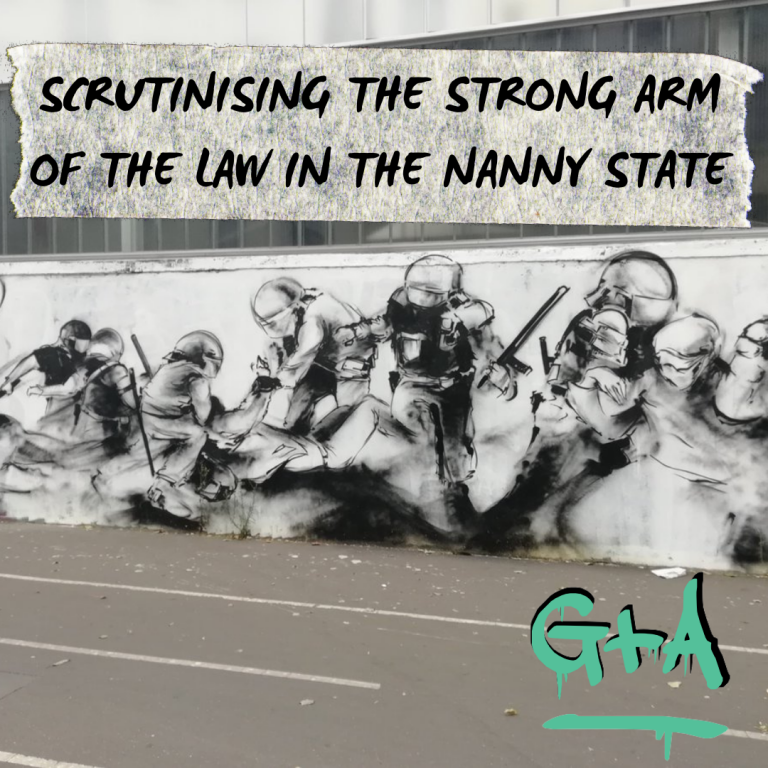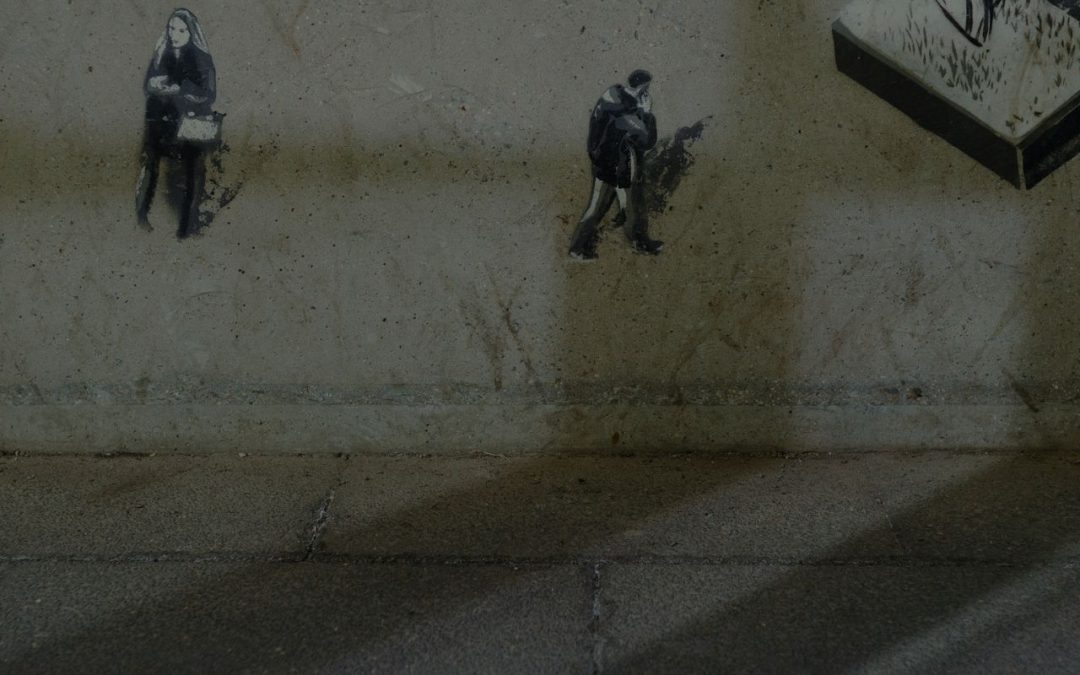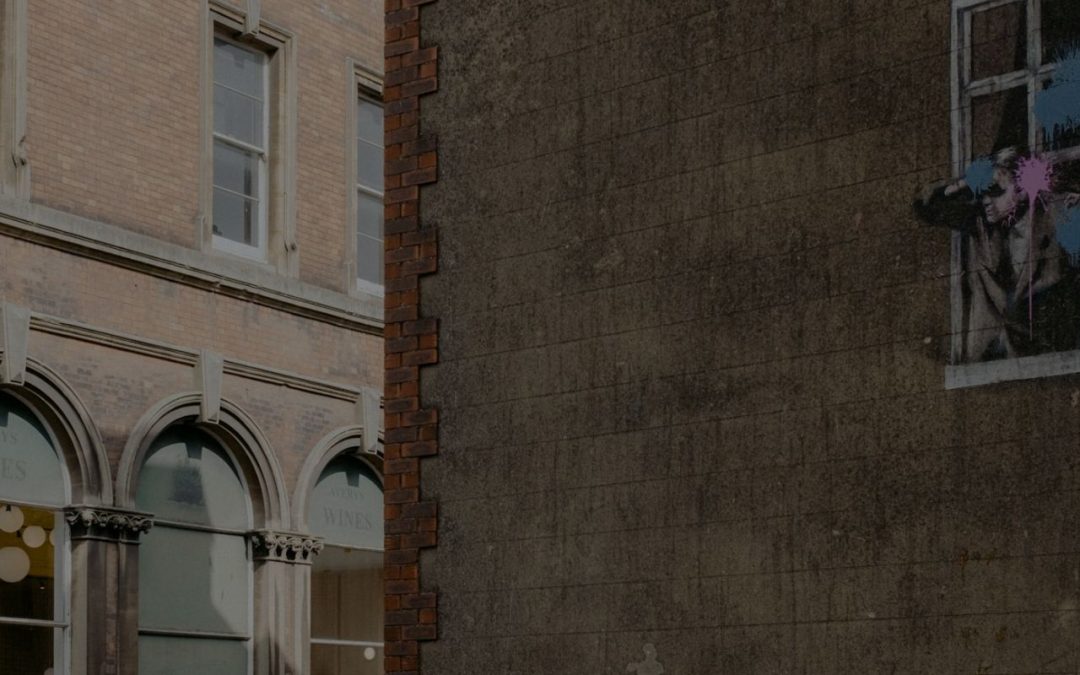Countless videos of police abusing powers, often with astonishing displays of unprovoked violence, across Australia have been shared all over social media platforms and the internet. Catching COVID-19 is no longer our only concern when leaving our homes – we have to worry about catching hands from the people who are supposed to be protecting us, especially those living in one of the 12 LGA’s of concern.
Sounds a little toxic, no? So, what exact powers do the Police have when enforcing COVID restrictions.
As it stands, the Public Health Orders require you to do the following when requested to by police:
- Provide your name and address;
- Explain why you are out of your home;
- Provide proof of a medical exception if you are not wearing a mask
- Provide evidence as to why you are leaving or entering an LGA of concern;
- Produce a permit if you are leaving Greater Sydney;
- Provide proof of vaccination or vaccine passport – at work places such as construction sites and when entering a hospitality venue;
- Provide a negative COVID-19 test result – when leaving or entering an LGA of concern and authorised workers;
- Comply with a lawful ‘move on direction’
With these and other increases and extensions of police powers, and the recent illustrations of their abuse, we have noticed growing unease about the use of excessive force, racial targeting and discrimination, to name a few.
Despite the growing scope of power, NSW Police are still regulated by powers granted in the Law Enforcement (Powers and Responsibilities) Act 2002 (NSW), meaning just because they can require certain additional things, it does not give rise to the use of unwarranted force. For example, section 230 of the Act provides that “It is lawful for a police officer exercising a function under this Act or any other Act or law in relation to an individual or a thing, and anyone helping the police officer, to use such force as is reasonably necessary to exercise the function.” The key phrase being “as is reasonably necessary”.
The viral videos are disappointing in light of this. To take one example, where an officer stormed and swept a civilian to the ground, approaching from behind at a train station, where other officers already had him contained, was outrageous. By way of another example, a gentleman in Western Sydney was handcuffed and flattened to the ground for not wearing a mask despite explaining his exemption of a heart condition – it appears that the man suffered a seizure during the arrest.
Similarly footage of police officer choking a woman in Collingwood, Victoria circulated across social media. The police officer is seen dragging her by the throat, eventually pushing her to the ground and leaning on her until back up arrived. What was the woman doing wrong? She failed to wear a face mask as she had a medical exemption. She was taken to the local station to be charged with resisting arrest and assaulting police. The Victorian Police later verified her medical exemption and her charges were dropped and she was not fined. However, the police officer involved in the confrontation was not punished.
These are not isolated incidents. The common theme though is that the measures taken were unnecessary and unreasonable. The powers to arrest and / or use force are last resorts only and are to be tempered with reasonableness. A failure to do so, or rather use of such powers other than as a last resort, and where absolutely necessary, can still result in the ensuing charges being dismissed for want of legally obtained and admissible evidence, right through to civil actions against Police for wrongful arrest, assault and / or false imprisonment. Police in particular should take note, as this needs to be borne in mind more frequently with the evolving political landscape.
Speaking of which, the Melbourne and Sydney protests were just another showcase of the disproportionate measures the Victorian and NSW police have taken in the name of law enforcement. Scenes of pepper spray, firing rubber bullets, and tear gas deployment on calm and innocent people (including front line essential workers) across the Melbourne and Sydney CBD were distressing to the public.
Now with heavy lockdown restrictions, businesses shut, people out of jobs and mental health down the gutter it almost seems like people can’t express their discontent with the current COVID restrictions and the situation as a whole in Australia, which may give rise to further conflict unless restrictions are changed drastically.
Whilst the NSW Government and NSW Police have made their view clear that the right to protest does not exist whilst stay at home orders are in place, this is a point of contention, and the Courts have not always shared the same view. Several key cases currently before the Courts may have a bearing about this, but for the time being, we are left to proceed with rational caution.
The legal right to protest in New South Wales and other states/territories is predicated on the common law right to peaceful assembly. The Australian Constitution also includes an implied freedom of political communication. Our right to protest is protected in different ways that aren’t exactly explicit like say the American Bill of Rights. The High Court has ruled that Australia’s Constitution protects our ‘freedom of political communication’, because the Constitution is premised on a democratic system of government. On one view, if a law or government tried to remove or limit our right to protest, it would be deemed constitutionally invalid.
Of course, there will be some threats to public safety or other concerns that justify temporarily and proportionately restrict gatherings and people’s movement. However, to completely obstruct democracy and freedoms protected by the constitution in the name of public health seems counterintuitive and overreaching.
To uphold democratic and human rights principles, it is crucial for restriction on protest rights to limit what is strictly essential to protect public health and only stick around for as long as absolutely necessary. They must be enforced in a way that is fair, with common sense and discretion, and without the use of excessive force or violence. Rationality and proportionality need to be a key underpinning in application of any restrictions. To use the pandemic as a scape goat to impose harsh and permanent restrictions on protest rights is not cool.
Earlier in the year, two new Bills were passed which provided an extension to police powers that further restrict the protest rights of NSW residents.
- Public Safety Orders: this provides a senior policer officer the power to prohibit the presence of a particular person (or a class of persons) at a public event, area or other premise if they believe that they pose a “serious risk to public safety or security. This includes sporting events or premises used in conjunction with the event, as well as entering, or being present at, specified premises or other specified area at any time during a specified period.
- Anti-Protest Laws: The new powers in this Act allow police to give directions to protestors for what the officers see as ‘safety risks’. Unfortunately, ‘safety risks’ are not defined in this legislative scheme, thus giving police insufficient guidance on the right to protest – failure to abide by police directions will result in a criminal offence.
With the above in mind, there have been several peaceful protests conducted in across the country in the last 12 month.
The NSW Supreme Court of Appeal found that the Black Lives Matter protest last year was lawful – which was a decision made despite the fact that large gatherings were restricted in NSW at the time by the COVID-19 public health orders.
The ‘School Strike 4 Climate Australia’ is another good example of safe protests with the organisers focused on conducting the protest in small, COVID-safe gatherings. This was also considered lawful.
Despite the above, and until further legal clarification comes from the Courts, the status quo of having to defend lawful actions will remain, so proceed with caution. However, neither the trend nor the new laws obviate the need for Police to use the powers to arrest and / or use force as a last resort only, and to temper them with reasonableness and proportionality. Again, a failure to do so, or rather use of such powers other than as a last resort, and where absolutely necessary, and with a degree of caution, can still result in the ensuing charges being dismissed for want of legally obtained and admissible evidence, right through to civil actions against Police for wrongful arrest, assault and/or false imprisonment.
If you or someone you know feels like have been treated unjustly by the police, we encourage you to contact our office so we can advise you on the prospects of successfully protecting your rights.




